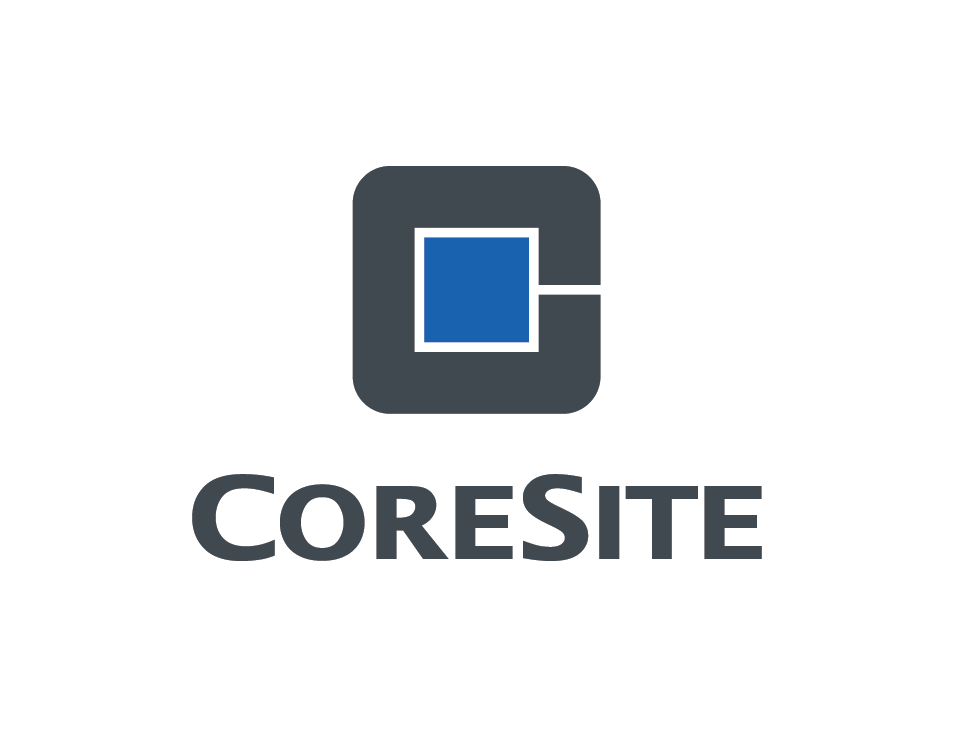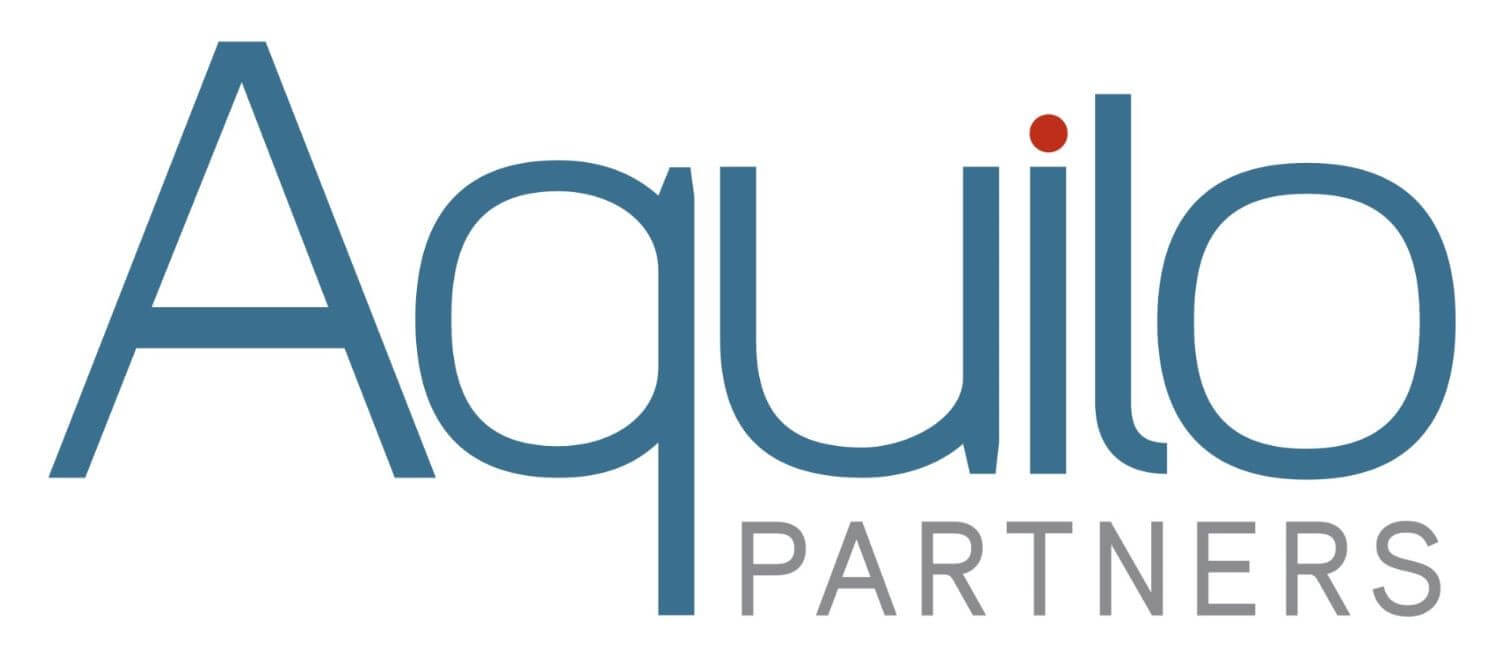If Diversion Programs Save Money, Why Cut Them?
 Homelessness and substance abuse are linked, and are associated with alarmingly high mortality rates. Mortality, a very scientific and dissociative way of saying people are dying in the streets, literally, before finding help with addiction. The average age a homeless person in San Francisco dies is 41. Seventy-eight percent of those who die on the streets are intoxicated at the time they die.
Homelessness and substance abuse are linked, and are associated with alarmingly high mortality rates. Mortality, a very scientific and dissociative way of saying people are dying in the streets, literally, before finding help with addiction. The average age a homeless person in San Francisco dies is 41. Seventy-eight percent of those who die on the streets are intoxicated at the time they die.
That is dark, difficult to hear, and incredibly saddening. But somehow that has not been enough for the city of San Francisco to help to it’s residents who are dying on the streets by offering comprehensive drug and alcohol rehabilitation to those who most need it, and saving the programs that DO WORK from complete elimination during budget season.
According to the San Francisco City Fire Division intervention, and diversion programs work. As Chronicle columnist C.W. Nevius has pointed out, repeat ambulance transport and emergency care spent on homeless users is very costly to the city. One of such intervention programs, McMillan Drop-In Center, created beds for emergency response calls dealing with intoxication to bring people to detox, sign-up for drug and alcohol recovery programs, and receive counseling and social services support to further stabilize themselves. In one year this program brought 300 people into detox and recovery programs, and 750 people case management linking them with critical supportive services such as housing.
Through this program “a number of high-profile homeless inebriates have been engaged and housed,” according to the San Francisco Medical Society’s study of the program. The SF Fire Department, St. Francis Hospital, SF General and other partners were thrilled by the success of the project, saving money and more importantly helping increase health and stability of at-risk San Franciscans.
But that was not enough to save the service, and McMillan Drop-In Center was cut. A similar program, Buster’s Place, was initiated in the same rite and same location. This program too, was cut.
Emergency visits are costly. Critical care is costly. Without the preventative care, supportive services and case management that help people become stable and seek help before it becomes an “emergency”, these costs will continue. To see that this is a problem in hindsight takes no special talent. But, to take action and create and support (especially in difficult times of budget crises) programs that comprehensively address the dangerous problem of drug and alcohol abuse, that takes determination and compassion. Criticizing those the system has failed has no productive ends, criticizing the failing system can bring about powerful change that makes a stronger city and citizenry.













































